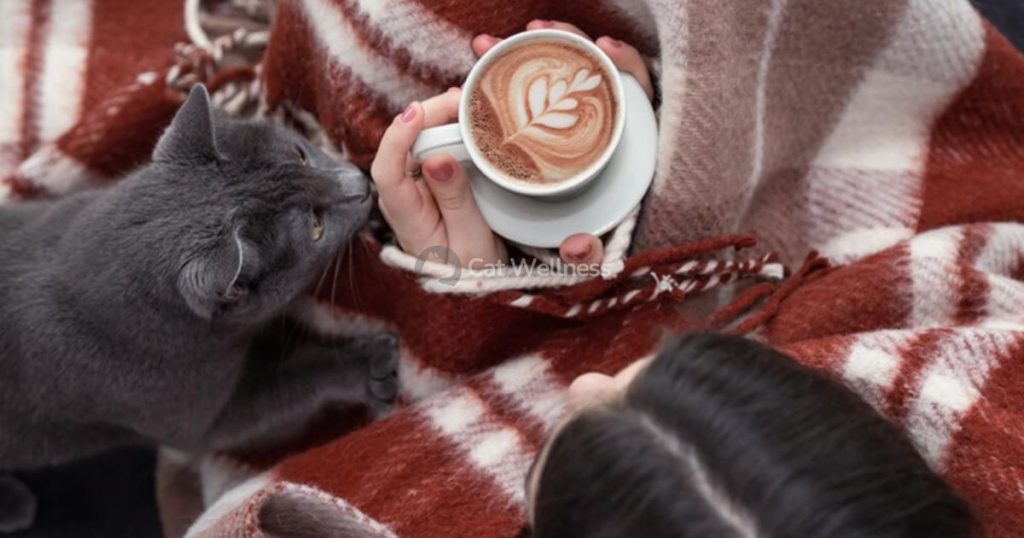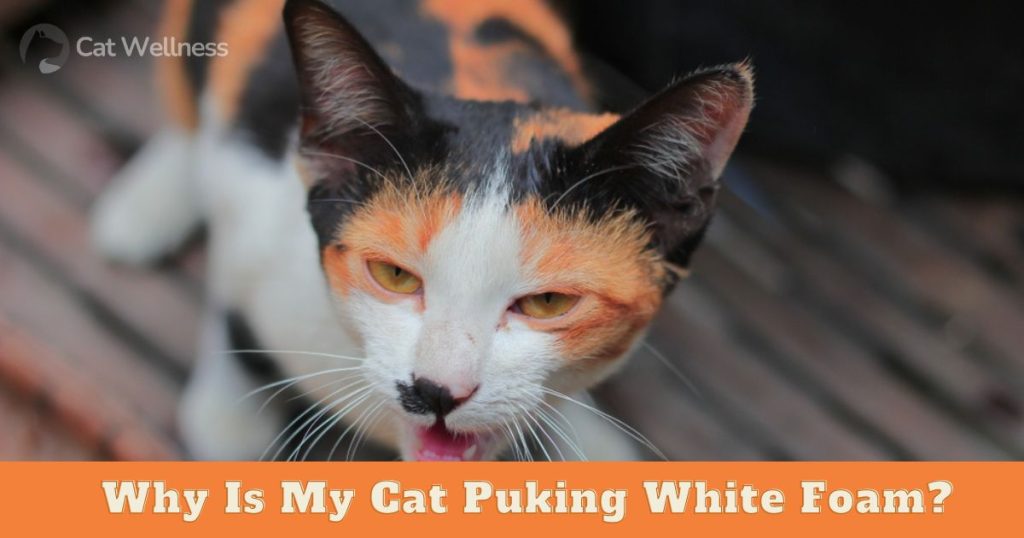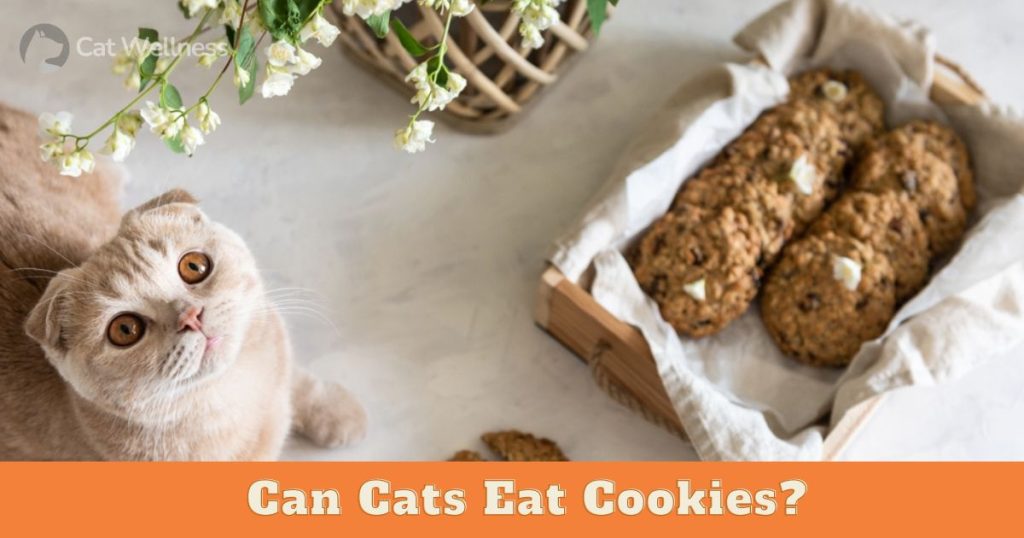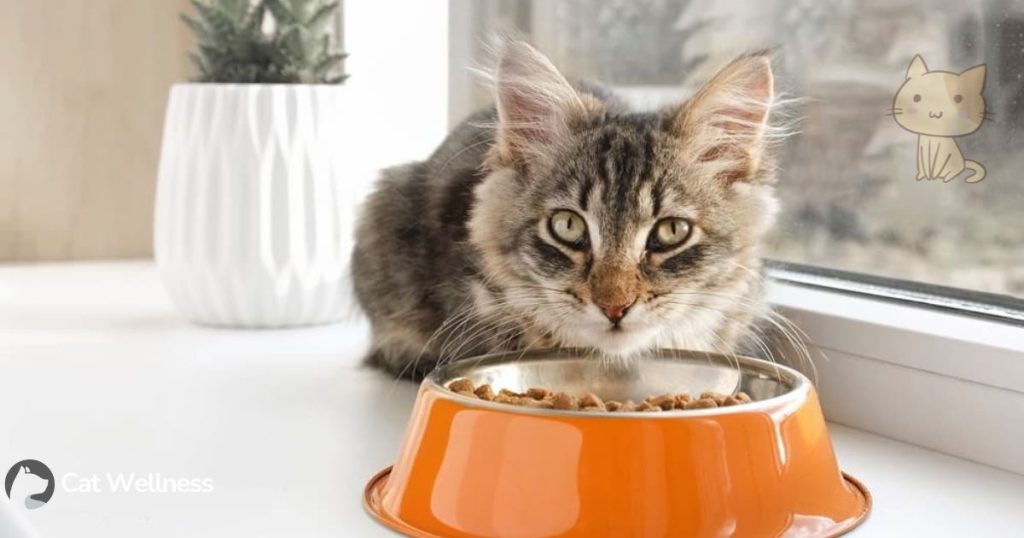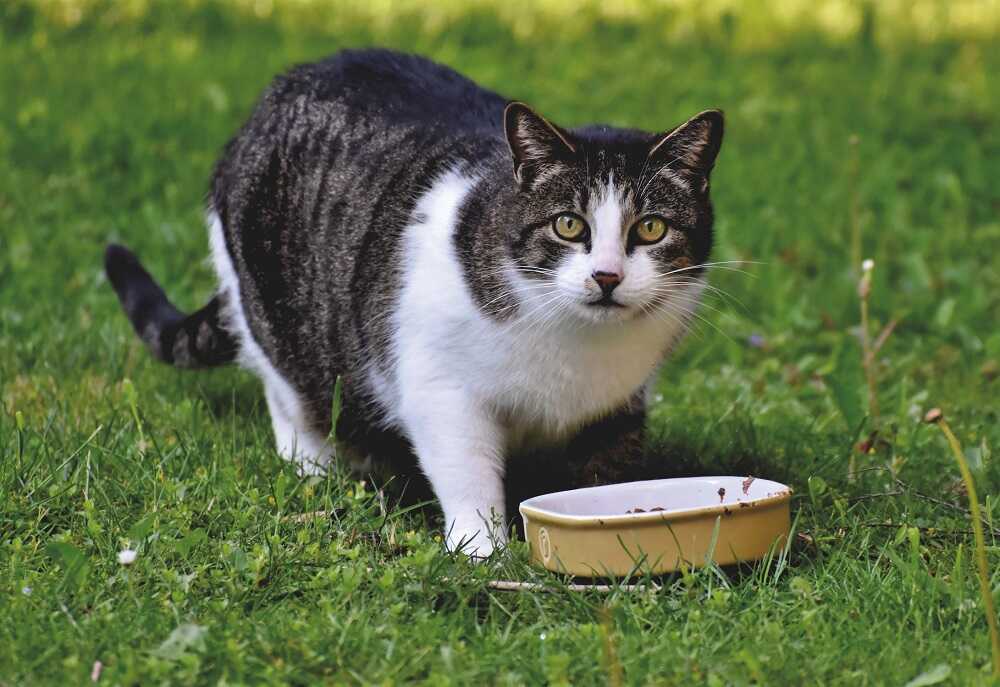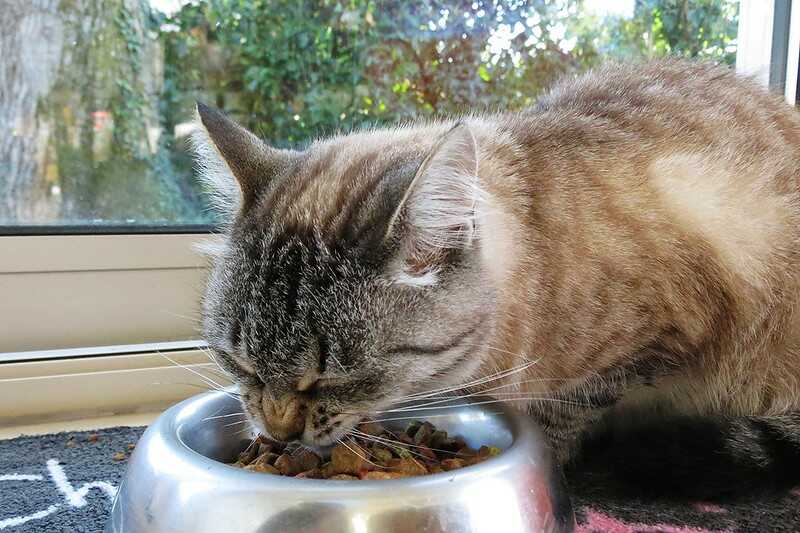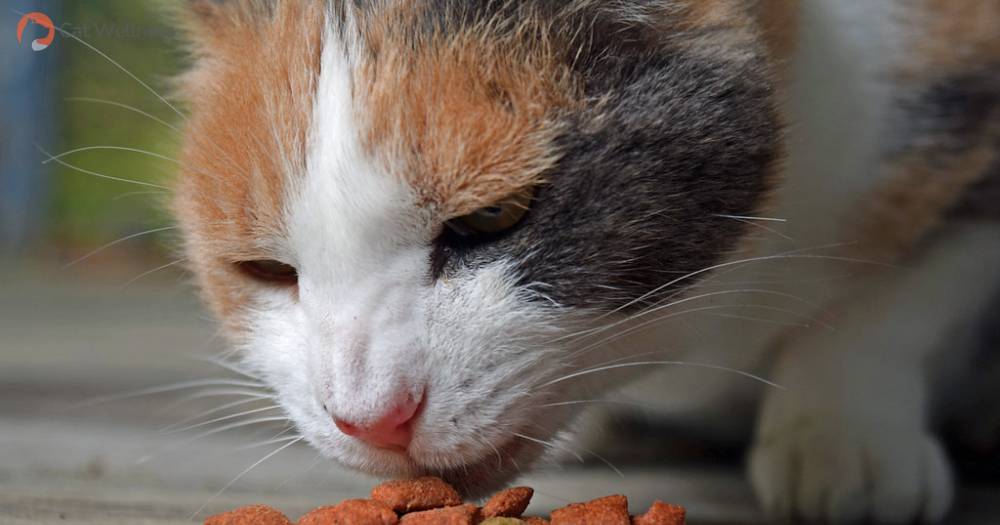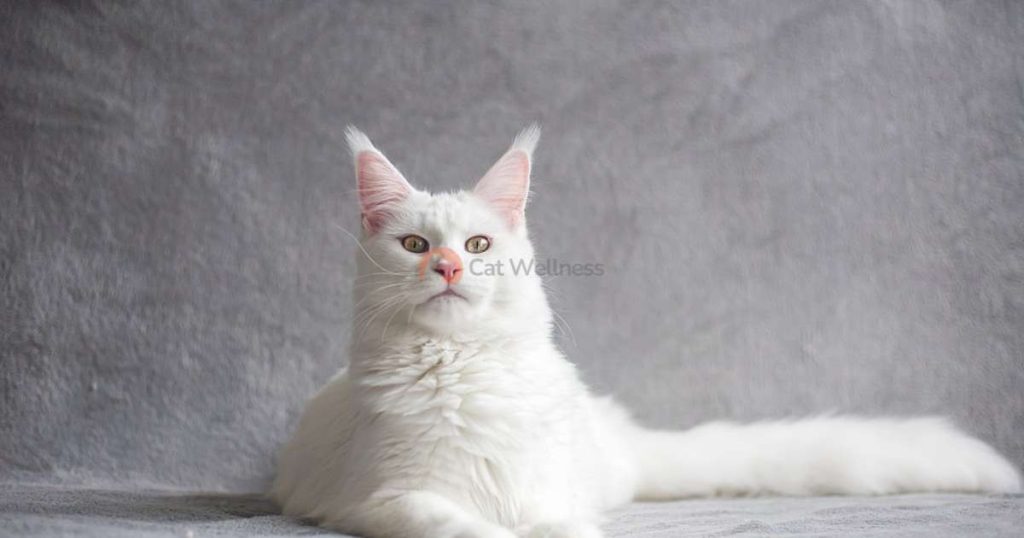Black cats have historically occupied a unique position in our shared awareness. Frequently linked with beliefs in superstition, witches, and the paranormal, these enigmatic cats have fascinated us for an extended period.
However, why are black cats called voids? Continue perusing this article to uncover additional information!
- What is the Significance of "Void" in Relation to Felines?
- Why Are Black Cats Called “Voids”?
- What Are Some Tips for Capturing a Great Image of My Ebony Feline?
- How is the Level of Rarity Associated with Black Cats?
- Do Black Cats Tend to be Male or Female?
- Character Traits of Black Cats
- The Lifespan of Black Cats
- What is the Reason Behind the Increased Vocalization in Black Cats?
- Causes for Hairless Patches in Black Cats
- FAQs
- Conclusion
What is the Significance of “Void” in Relation to Felines?
“Void” refers to emptiness, and observing a black cat is akin to gazing into a void due to the intense darkness of these animals. It’s also a term used as a moniker for extremely dark-furred cats.
Why Are Black Cats Called “Voids”?
“Void” is the term used for exceptionally dark black cats that blend into dim surroundings. This label is also attributed to their dense and lustrous black fur, which can occasionally render them almost invisible even in close proximity to their guardians.
To put it differently, these felines vanish within dim spots regardless of your earnest searching, blending into the darkness. When they take on forms that can’t be differentiated while asleep or at rest, they appear as dark voids from afar.
What Are Some Tips for Capturing a Great Image of My Ebony Feline?
A black-coated feline will soak up a significant amount of light, so abundant lighting is necessary. Opt for natural light or indoor illumination, and refrain from using the flash on your phone or camera as it might startle or distress your cat.
Likewise, steer clear of direct sunlight to prevent stark shadows. Achieving well-lit photos of your black cat requires employing softened and diffused lighting.
How is the Level of Rarity Associated with Black Cats?
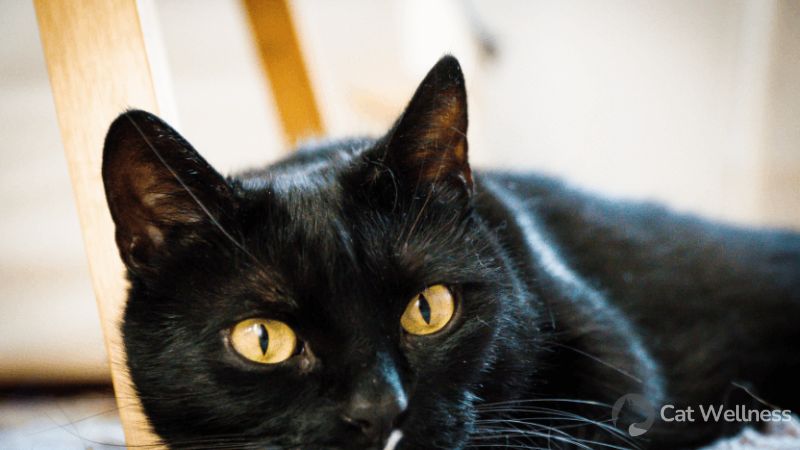
Have you ever encountered a situation where multiple black cats crossed your path? Rest assured, this phenomenon isn’t a glitch in some virtual reality simulation; it’s a natural occurrence.
Black coat color happens to be the most frequently observed among felines. This prevalence is due to the dominance of a specific gene that triggers the production of eumelanin, the pigment responsible for the deep black fur in these cats.
So, encountering several black cats is simply a result of this genetic prevalence rather than any supernatural or artificial manipulation.
Also, remember to consider the backdrop. Black cats are most effectively photographed against backgrounds with medium shades.
Do Black Cats Tend to be Male or Female?
The X chromosome houses the gene that controls cats’ coat color. This fact clarifies why most calico cats are females and why a significant number of black cats are males.
For a female cat to have a black coat, it requires two instances of the gene, whereas males only need one. When encountering a black cat, there’s a 75% likelihood that it’s male.
Character Traits of Black Cats
Black felines are known for having the most pronounced human connection compared to other coat colors. They tend to be more amiable towards the individuals who adopt them and readily embrace being part of a family for life.
The perception that black cats are generally more reserved and inclined towards solitude coexists with their strong characters. They exhibit a higher fondness and sensitivity than other feline varieties.
While a black cat might very well be the most affectionate one you encounter, it simultaneously holds the potential to be the most independent. This dichotomy exists because the hue of its fur doesn’t dictate a cat’s disposition.
The Lifespan of Black Cats
When observing a completely black cat under sunlight, you might notice subtle stripes on its fur.
This phenomenon occurs because while black fur color is genetically more dominant, the striped tabby pattern holds genetic prominence in terms of fur patterns.
In cats possessing genes for both black fur and tabby patterns, these stripes can be concealed beneath the black coat.
What is the Reason Behind the Increased Vocalization in Black Cats?
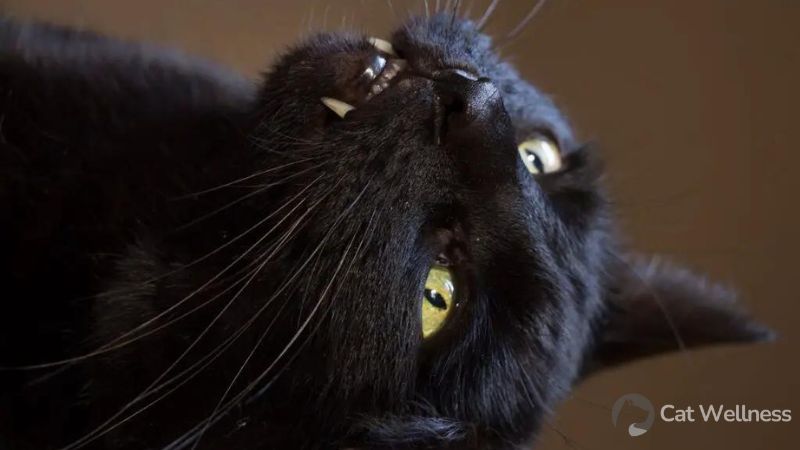
The primary reasons for excessive vocalization in cats are medical concerns and the desire for attention, a learned behavior.
Numerous cats learn to meow to communicate their desire to go outside or be fed. This strategy is particularly effective during early mornings or late nights when one might be fatigued.
While attempting to quell the bothersome noise, you might give in to your cat’s requests. Yet, in that instance, you’ve essentially taught your cat that using vocalizations is the means to attain its desires.
Once this pattern sets in, the cat will persist in vocalizing and might even escalate the behavior.
Moreover, heightened vocalization could also be an indicator of a medical issue or a more significant behavioral problem.
Cats might excessively meow when they are in pain, experiencing neurological issues, or facing sensory impairments like hearing or vision loss and cognitive dysfunction.
Anxiety, aggression, frustration, and other behavioral challenges can prompt cats to vocalize repetitive.
Causes for Hairless Patches in Black Cats
Black cats are often thought to experience more bald patches compared to other felines, yet this is actually a trick of the eye: we perceive the spots more prominently due to their dark fur.
However, bald spots can occur in cats due to various factors, ranging from fleas to parasites. If your black cat has a bald spot, it’s advisable to consult your veterinarian to determine the cause.
FAQs
Why Do Some People Hate Black Cats?
Black cats are disliked for superstitious and cultural reasons. In certain traditions, black cats have been linked to witchcraft, ill luck, and otherworldly beings.
This unfavorable idea originated in medieval Europe, when black cats were associated with witchcraft and frequently seen as signs of bad luck.
Since this belief and dread have continued for decades, some people have unfavorable attitudes toward black cats.
Do Black Cats Get Adopted Less?
Yes, black cats often face challenges in getting adopted compared to cats of other colors. This phenomenon is known as “black cat syndrome”. There are several reasons for this, including the superstitions mentioned earlier.
Black cats are sometimes unfairly associated with bad luck, which can deter potential adopters.
Additionally, their features might stand out less in photographs, making it harder for them to attract attention online or in shelters. Despite this, many cat lovers recognize the unfair bias and actively seek to adopt black cats.
What Does a Black Cat Symbolize in Japan?
In Japanese folklore, black cats are generally seen as symbols of good luck and protection. The “maneki-neko” or “beckoning cat,” a popular Japanese figurine often found in shops and homes, is believed to bring good fortune and prosperity. It’s typically depicted as a cat with one paw raised in a beckoning gesture.
This figurine is often portrayed in various colors, including black. In this context, black cats bring positive outcomes and are not associated with negative superstitions.
Conclusion
That’s essentially the extent of “why are black cats called voids?”. Referring to a black cat as a “void” primarily reflects historical perceptions, which still hold some influence today.
Certain cultures continue to associate them with this notion. However, in contemporary times, people like us mostly recognize black cats as affectionate and peaceful beings.
Recommended Reading



